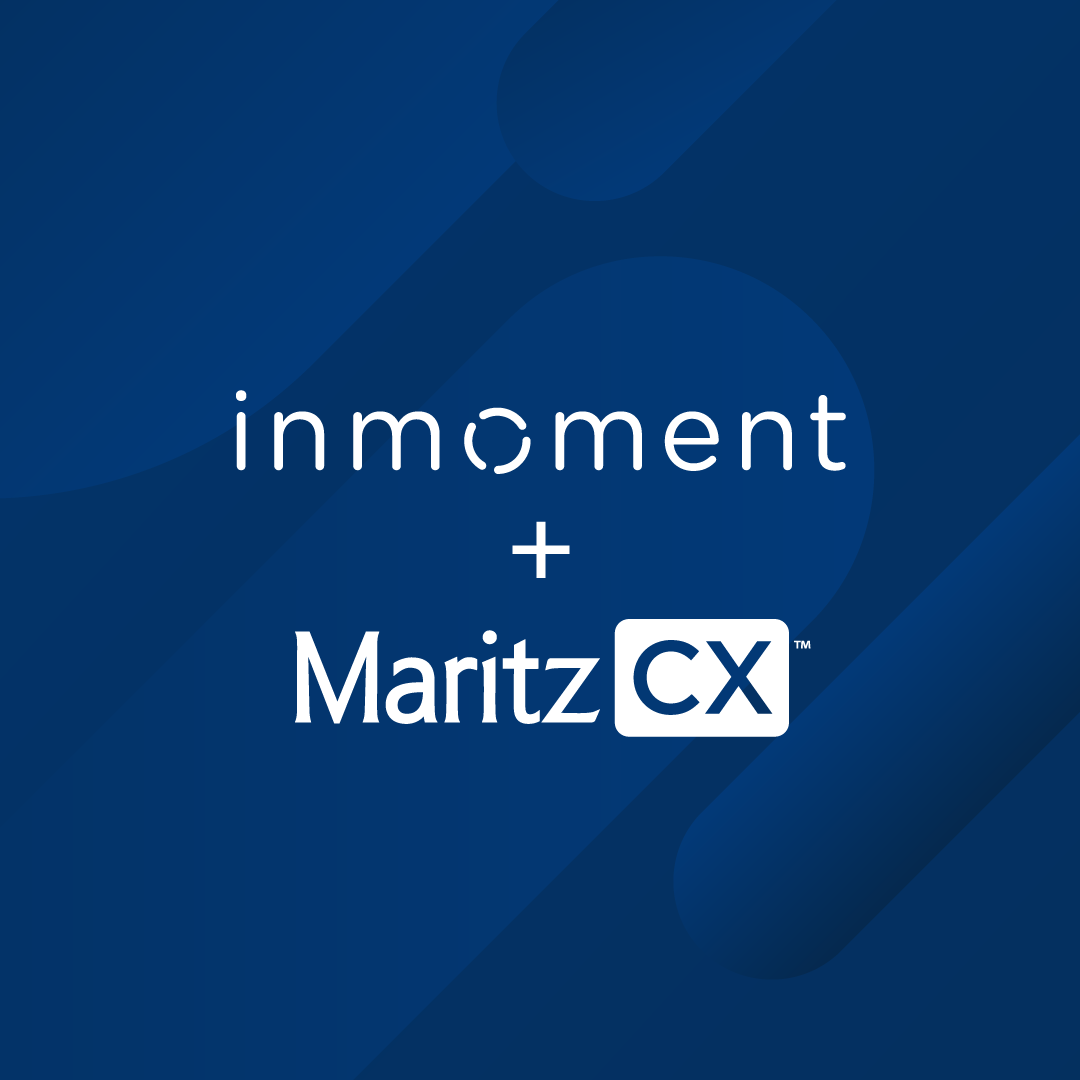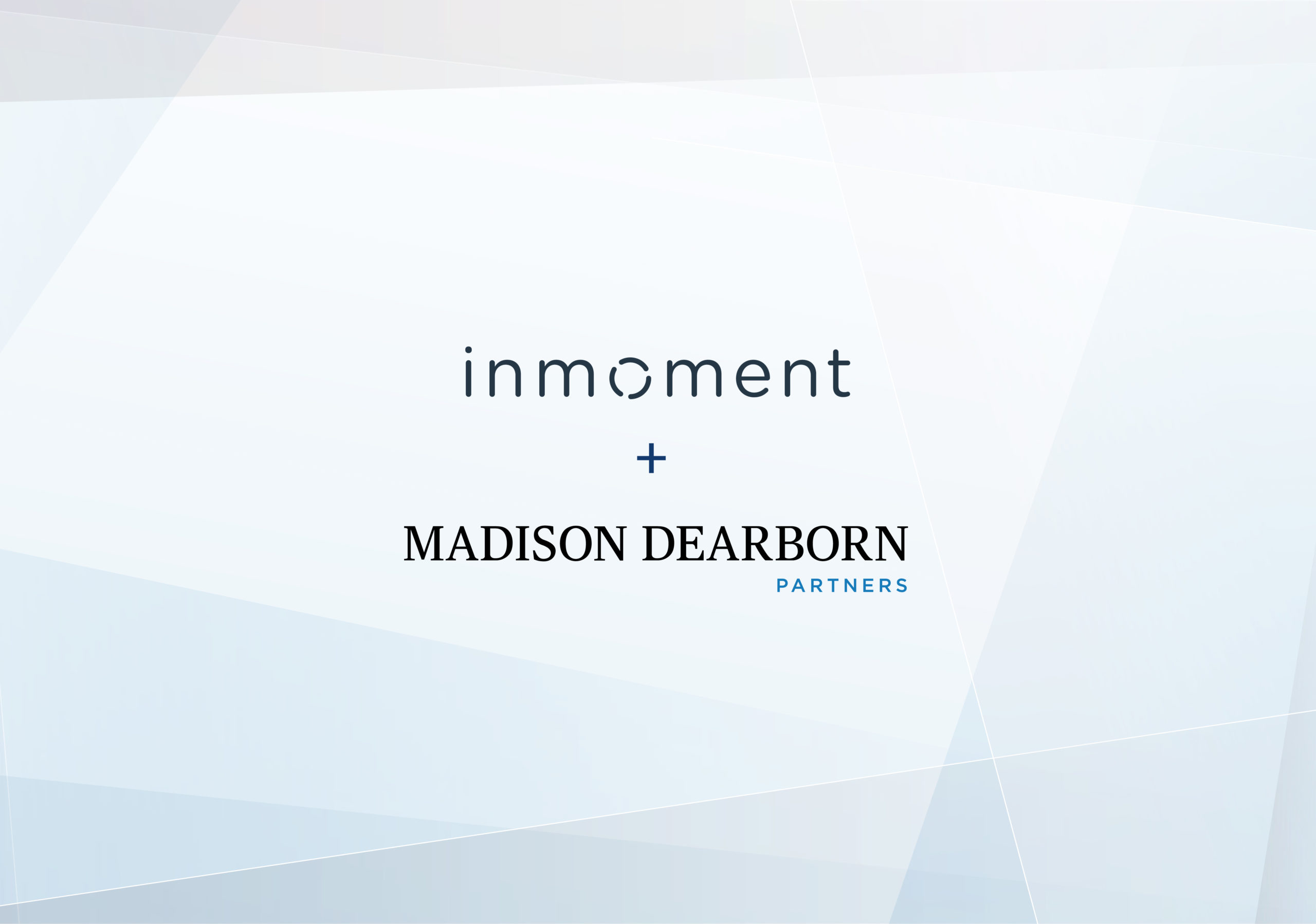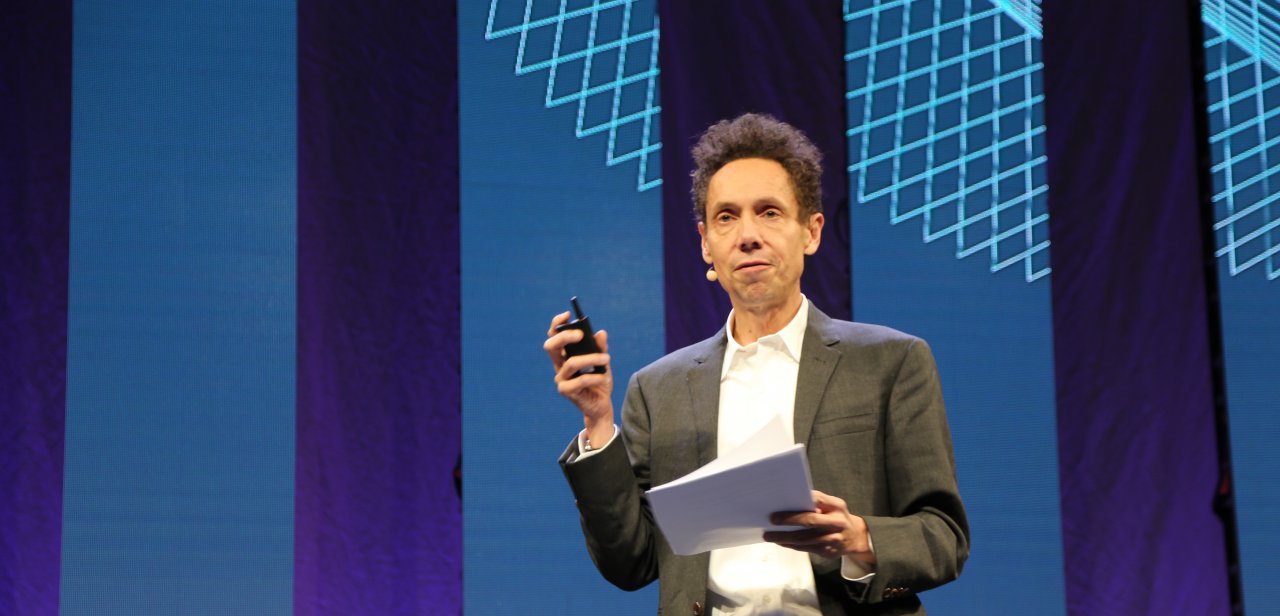It’s easy to get hung up in the metrics when it comes to customer experience (CX). In fact, terms like Net Promoter Score (NPS), Customer Effort Score (CES), and Customer Satisfaction Score (CSAT) have become synonymous with traditional CX initiatives. But in this modern era, focusing on the score isn’t enough to move the needle. Today, the initiatives that are most successful are those ROI-focused CX programs that zero in on business outcomes.
At InMoment, that is exactly the kind of program that we help our clients to design. In fact, in the recent report, The Forrester Wave™: Customer Feedback Management Platforms, Q2 2021, our clients praised us for our “partnership and focus on delivering outcomes…[and] gave InMoment exceptionally high marks for enabling the ability to show the business impact and ROI of CX.”
This is our mission, to help our clients improve experiences at the intersection of value—where customer, employee, and business needs come together. Ultimately, our clients are able to move the needle and go beyond managing their experience to actually improving it. With the right intelligence, businesses can empower the right people to take transformative, informed action in the most effective ways and drive value across four key areas: acquisition, retention, growth, and cost reduction. In other words, we help our clients build ROI-focused CX programs that yield better results for the business and better experiences for their customers and employees.
In today’s blog, we’ll walk you through four success stories from our clients who are moving the needle for their business with their ROI-focused CX programs. Let’s take a look!
4 Inspirational Stories from ROI-Focused CX Programs
Success Story #1: America’s Largest Cable and Home Internet Provider
In an attempt to limit customer churn, a telecom giant partnered with InMoment to identify at-risk customers and immediately reach out to understand the issue and retain their business. The company installed InMoment’s customer listening technology within several of its regional customer care centers to enable immediate feedback following each interaction.
Customers who give negative responses are asked if they would like to speak with a manager regarding their issues. Using real-time alerting, managers are notified of customer callback requests immediately. Three percent of all respondents request a callback, totaling 1,000 customer recovery opportunities each month (12,000 per year)
With the average cost of a triple-play package (phone, cable, Internet) being $160 per month, the average annual value of each customer is $1,920. Using this formula, InMoment presented the company with the opportunity to recover $23 million in annual revenue by implementing a streamlined process for identifying and rescuing dissatisfied customers.
Success Story #2: North American Fast Casual Giant
A fast-casual restaurant brand that has become a household name with it’s unique blend of quick, convenient service and mouth-watering menu items has seen tremendous success with it’s CX initiative. Since partnering with InMoment to get a better understanding of their experience and where they can take effective action to improve it, their OSAT score has increased by 34%. Additionally, the brand saw 4% revenue growth in just one year after implementing their new solution!
Success Story #3: Tesco
Tesco—a mammoth multinational grocery and general merchandise retailer—knows its customers want more than just a mundane, transactional grocery shopping experience. So it works to create a unique shopping experience for its customers by encouraging its 330,000 employees across the UK to give a little bit extra through a programme called, Every Little Helps. With this mantra at the core of the company’s mission, Tesco has grown to become the fifth largest retailer in the world with £48 billion in annual revenue and 7,300 locations in 10 countries.
Success Story #4: TELUS
Leading the telecommunications industry, TELUS is Canada’s fastest growing telecommunications company with more than 13.1 million customer connections. Whether it be personal, business, health, or security oriented, TELUS offers a full scale of innovative telecommunication products and services. To continuously improve their customer experiences, the brand partners with InMoment and focuses on and ROI driven strategy.
In just 18 short months, TELUS saw a $1 million dollar increase in annual savings, a 100% increase in customer feedback volume, best-in-class response rates, and a 1 in 3 recovery for customers that received a follow-up. Furthermore, by focusing their efforts to reach more customers with proactive recovery, they have seen a $5 million-dollar opportunity in churn reduction. TELUS can expect to see further increases in these areas due to their continuous attention to response trends.
The Importance of ROI-Focused CX Programs
According to third-party research firm, Forrester, 79% of VoC and CX measurement programs do not quantify the business impact of issues. This means that the programs who can successfully prove their value to both the business and the customer are leading the pack.
Want to learn more about how we help our customers build ROI-focused CX programs? Take a look at The Forrester Wave:™ Customer Feedback Management Platforms, Q2 2021 here!










